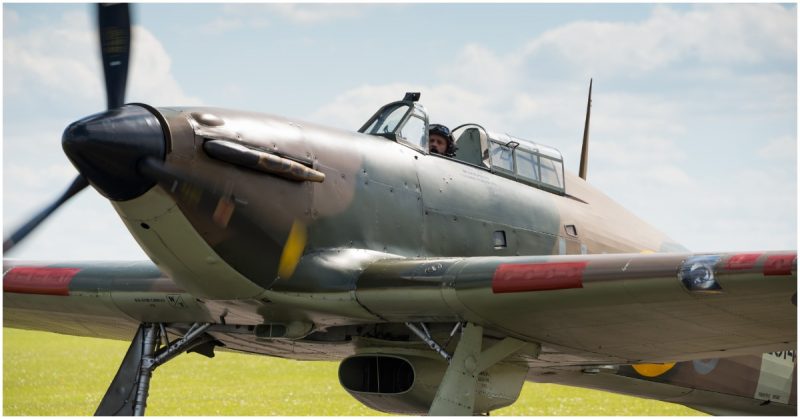None of the pilots of No. 46 had trained in carrier flight operations, and the Hurricanes lacked arrestor hooks. They would try anyway!
Ingenuity and flexibility are qualities that can mean the difference between triumph or disaster in a high-pressure wartime situation. The plucky men of the British Royal Air Force’s No. 46 Squadron exhibited both while saving their aircraft during the British evacuation from Norway in early June 1940.
After Germany invaded Norway in April 1940, the Allies deployed forces to aid the Norwegians in defeating the Germans. Equipped with Hawker Hurricane Mk 1 fighters, No. 46 Squadron was tapped to participate.
A single-seat, propeller-driven monoplane, faster than its biplane counterparts, the Hurricane had not been built with service on aircraft carriers in mind. Nonetheless, they were lifted onto the aircraft carrier HMS Glorious in May and ferried to Norway.
It was from there that the pilots, despite not having been trained in carrier takeoffs and landings, successfully flew the Hurricanes ashore on May 26th, thanks in part to the ship’s engineers who got the ship moving at 30 knots to make up for the flat calm that day. It was the first time Hurricanes had ever taken off from a carrier.
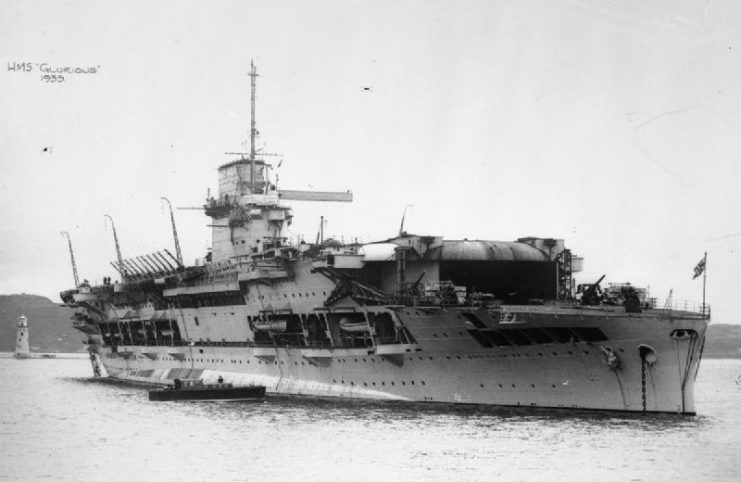
The squadron’s operations consisted of patrolling the Narvik area, which was still held by the Allies, and engaging the German aircraft they encountered. Conditions at their makeshift airfield were rough, with bad weather and primitive facilities, and the pilots racked up many exhausting hours in the cockpit.
The men of No. 46 persevered through it all and soon had 14 German aircraft confirmed as destroyed. According to the squadron’s official website, in ten days they flew 240 missions for a total of 330 flight hours, had three Hurricanes shot down, and lost two of their pilots KIA.
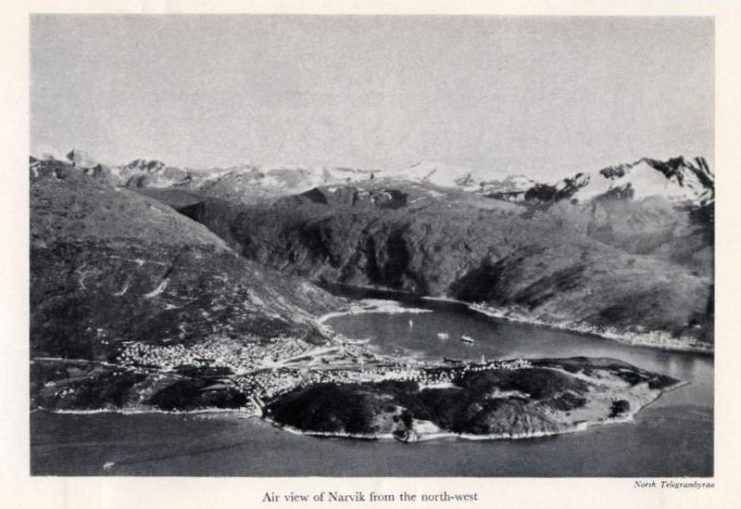
Flexibility is a must for a service member because one never knows when a course of action will suddenly be overturned by powers higher up the chain of command. War only exacerbates that tendency—and in this case, the German invasion of France and the Low Countries changed the picture drastically for the British.
With the Germans pushing westward and with mounting pressure to brace the United Kingdom against an invasion, it was decided to evacuate the British troops in Norway during Operation Alphabet. Consequently, after just over a week of intense action, No. 46 was ordered to evacuate on June 7th.
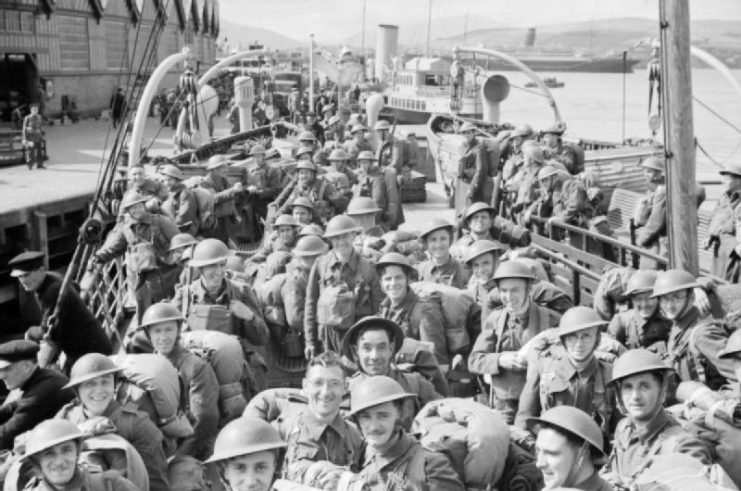
Their ride home would be HMS Glorious. Their remaining ten operable Hurricanes, lacking the range to fly back to England and also lacking arrestor hooks for landing on an aircraft carrier’s flight deck, were ordered to be destroyed lest the Germans capture them.
Being told that perfectly good aircraft had to be destroyed did not sit well with Squadron Leader Kenneth “Bing” Cross. The men of No. 46 set out to determine how the squadron’s aircraft could instead go home with them.
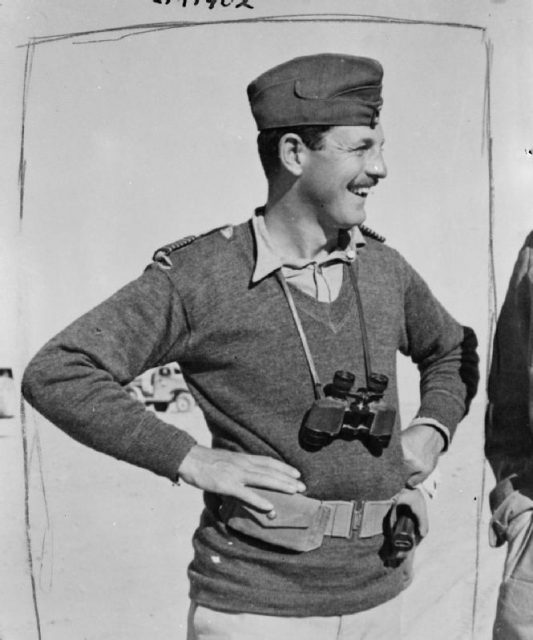
Two aircraft carrier options lay before them: Glorious and HMS Ark Royal. Ark Royal was larger, but her aircraft elevators could not accommodate the non-folding 40-ft wingspan of the Hurricanes.
Glorious had a shorter flight deck, but her aircraft elevators were large enough for the Hurricanes, so by default she was chosen for No. 46’s ambitious plan. Cross received permission on the 5th to attempt to land the planes onboard.
There is a reason that naval aviators specifically train to master flight to and from a moving, pitching runway to earn their carrier qualifications: it’s very challenging and dangerous. As previously mentioned, none of the pilots of No. 46 had trained in carrier flight operations, and the Hurricanes lacked arrestor hooks.
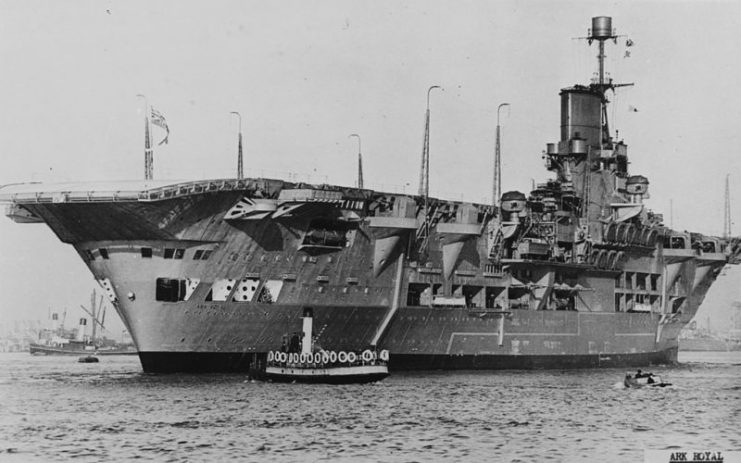
They were willing to be flexible and give it a try anyway.
One risk which was very high indeed was that the Hurricanes could tip forward and smack their propellers on Glorious‘ flight deck when full brakes were applied immediately after landing.
Another consideration was the comparatively fast aircraft’s stopping distance. Clearly, neither smashing the propellers nor rolling off the edge of the flight deck were desirable prospects.
Something had to be done, and fast. The solution contrived in a pinch in retrospect seems incredibly simple: weighing down the rear of the planes with sandbags to keep their tails from lurching upward when the brakes were applied. It also solved the potential problem with the Hurricanes’ stopping distance, definitely a bonus in the situation at hand.
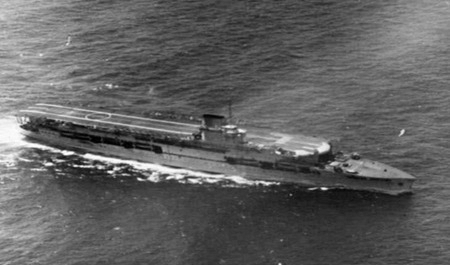
The plan was set for the evening of June 7th. Each Hurricane would land on Glorious and then be immediately moved down to the hangar deck. This would keep the flight deck completely clear for the next plane to land, just in case any pilots were unable to stop in time and ended up doing a “touch and go” maneuver.
All that remained was to see whether the pilots, every one of whom had volunteered to participate in saving the Hurricanes, could pull off a carrier landing without mishap.
Flight Lieutenant Patrick Jameson took off with two other pilots in the first group to make the attempt and was the first to touch down on Glorious. After the two pilots with him also landed without incident, Jameson radioed the remaining pilots of No. 46, who took to the air and safely landed one by one on Glorious.
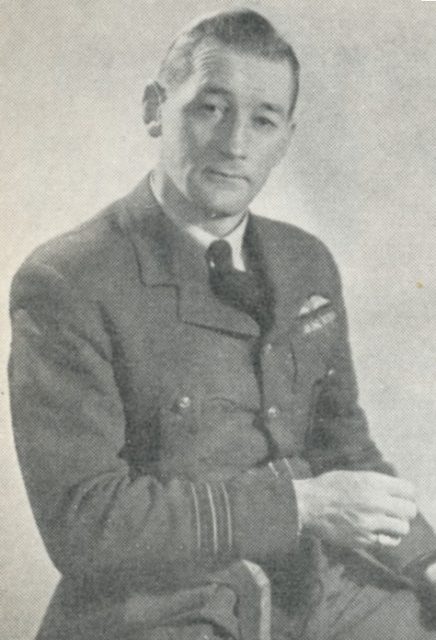
It was an incredible display of creativity and skill overcoming adversity. It was also the first time an aircraft like the Hurricane had ever been landed on a Royal Navy carrier, banishing any doubts that such fighter aircraft, with appropriate modifications, could be operated from carriers.
Bitter irony then intervened in this success story, turning it into a tragedy.
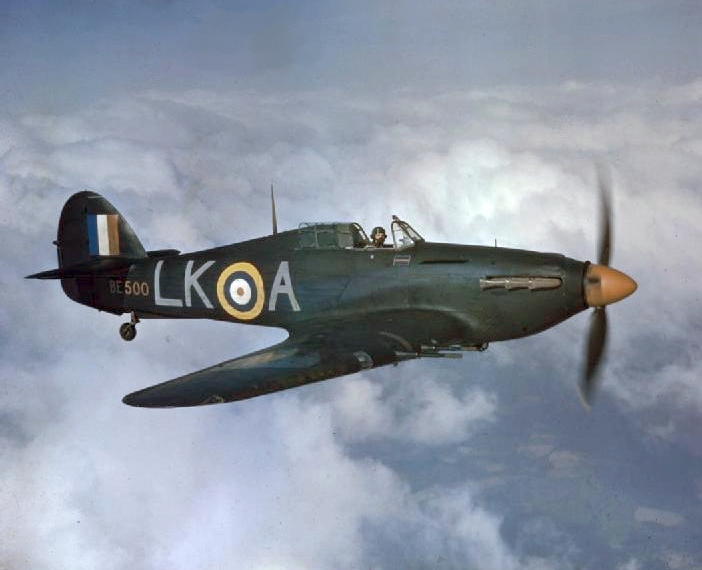
Less than 24 hours later, in a controversial loss for the Royal Navy, the German battleships Scharnhorst and Gneisenau sent Glorious, her two destroyer escorts, over 1,500 men, and all ten of those Hurricanes to the bottom of the sea. Of No. 46’s personnel onboard, only Jameson and Cross survived.
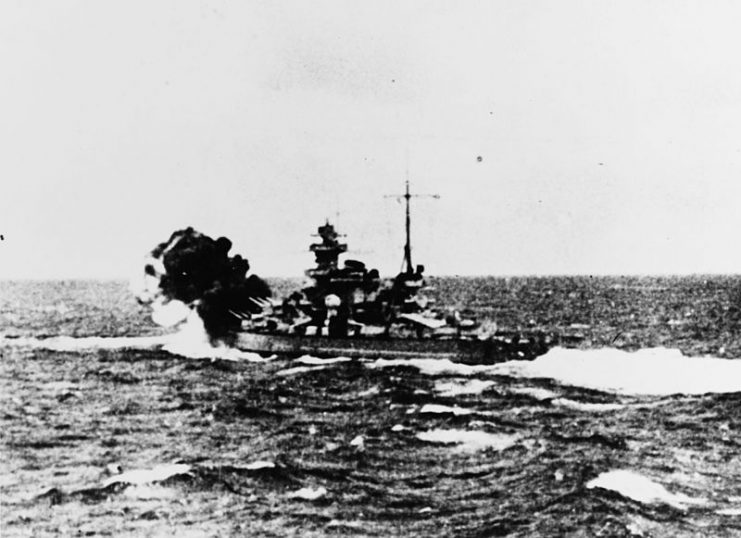
Read another story from us: The Hurricane: A Very Important Fighter in the Battle of Britain
After No. 46’s successful landings on Glorious, the British would go on to convert some Hurricanes for service at sea. This variant was called the Sea Hurricane. While not beloved by some accounts, the Sea Hurricane served as a stopgap measure at a time when the raging war rendered resources scarce and ingenuity of any kind was greatly needed.
